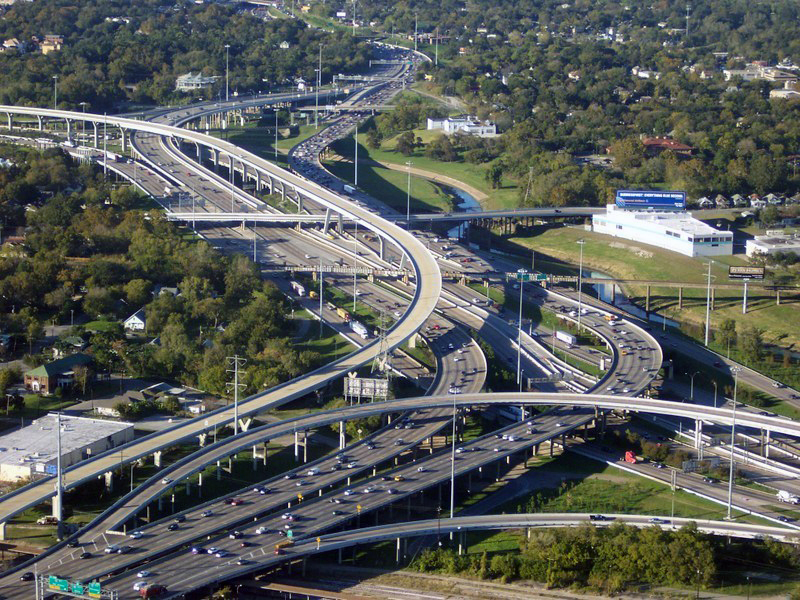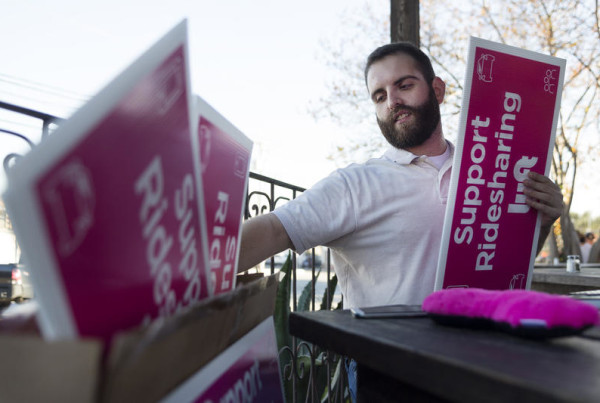Some Texas cities are more directly affected by the downturn in the oil and gas industries than others, but all cities feel the burn when it comes to fewer dollars trickling down to address issues such as crumbling infrastructure.
Parts of I-610 in Houston, I-635 in Dallas, parts of US 281 in San Antonio, and of course I-35 up and down the state are some of the most heavily congested roadways in Texas.
And while we can debate whether building new lanes fixes congestion or not, there is little disagreement that cities who decide they need to expand roadways don’t have a ton of financial options to do that. So what are they supposed to do?
Bennett Sandlin, executive director of the Texas Municipal League, says it’s fallen to Texas mayors to find the answer.
Austin, for instance, is recognized more for its tech industry than oil refineries. But if a major highway like I-35 isn’t getting fixed, Austinites notice. Austin Mayor Steve Adler recently unveiled a plan to add managed toll lanes to I-35 and he wants other municipalities in the area to pitch in to make it happen.
Is it really the mayor’s job to address traffic issues on an interstate highway?
“Cities are expected to foot the bill on a lot of state projects these days, highways included,” Sandlin says. “State funding is drying up. The mayors don’t wait around to get those projects done in their cities. So to build a state highway project in the cities these days, cities have to pitch in substantial cash, right of ways or both.”
Sandlin says sometimes that cash comes from bond money.
Cities are increasingly on the front line of building state infrastructure, Sandlin says. There are water projects, highway projects and others.
“We’re the ones kind of getting the infrastructure done and most mayors understand that’s the modern reality,” Sandlin says. “Most mayors have quit complaining about that reality and we just roll up our sleeves and do it.”
Listen to the full interview in the audio player above.















